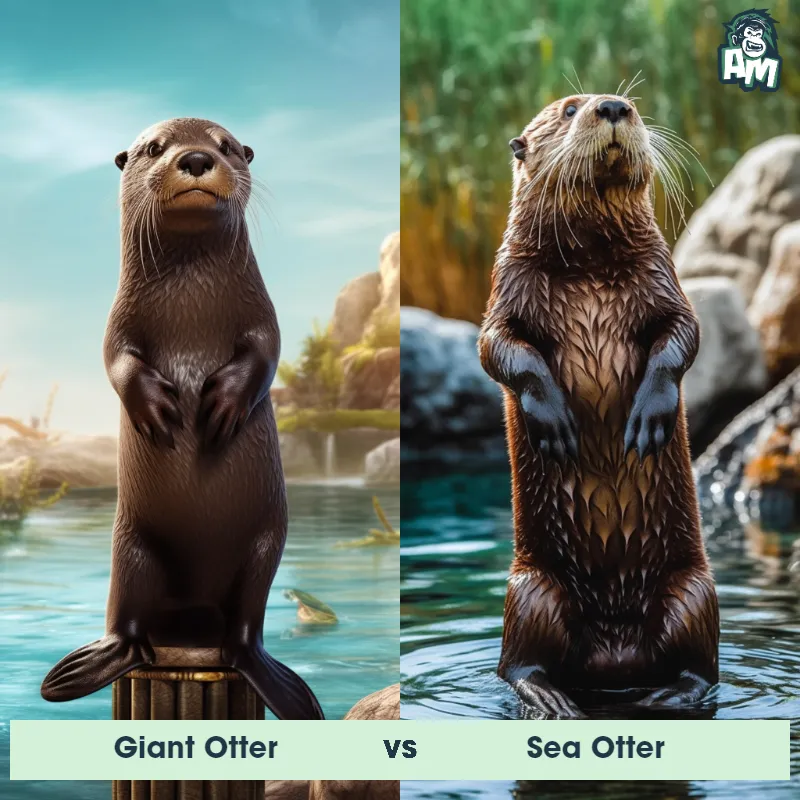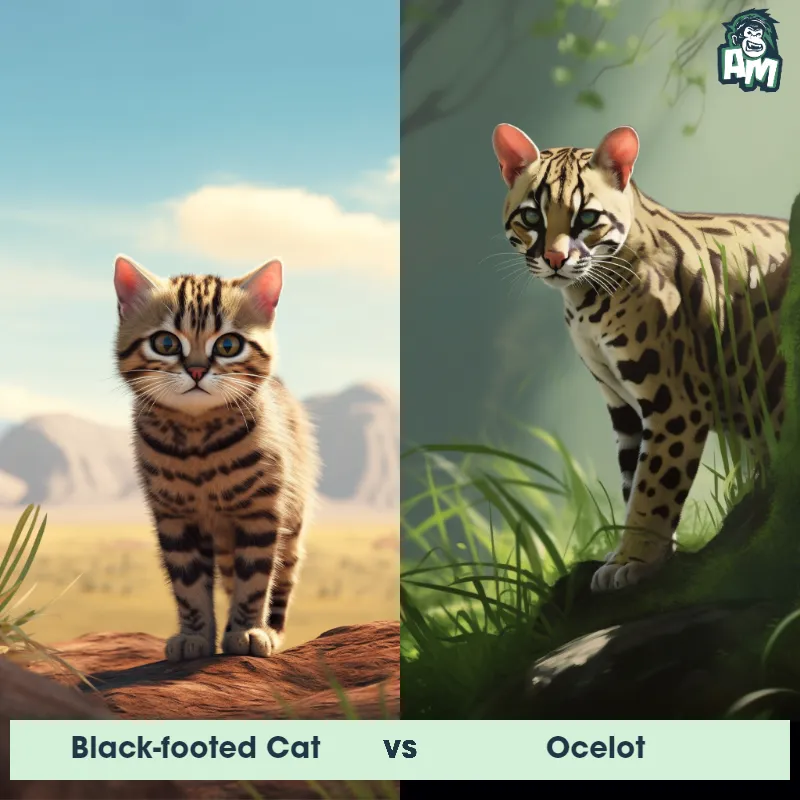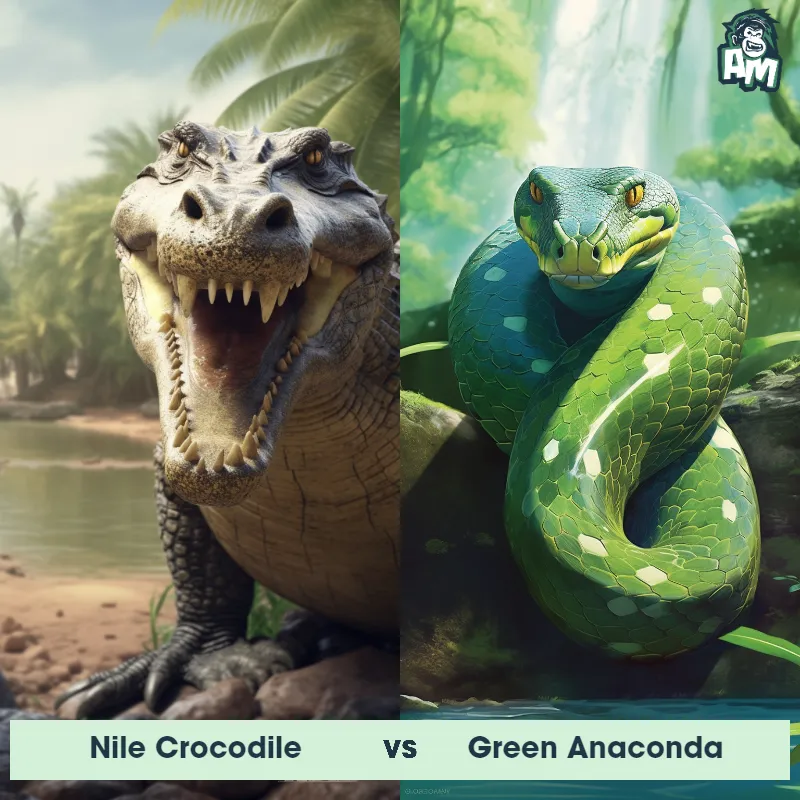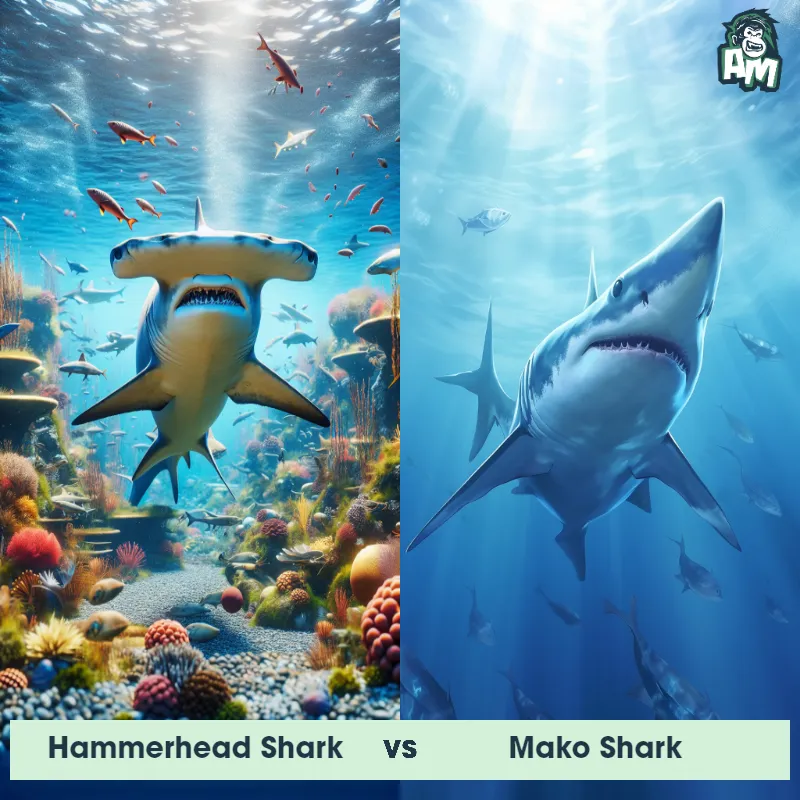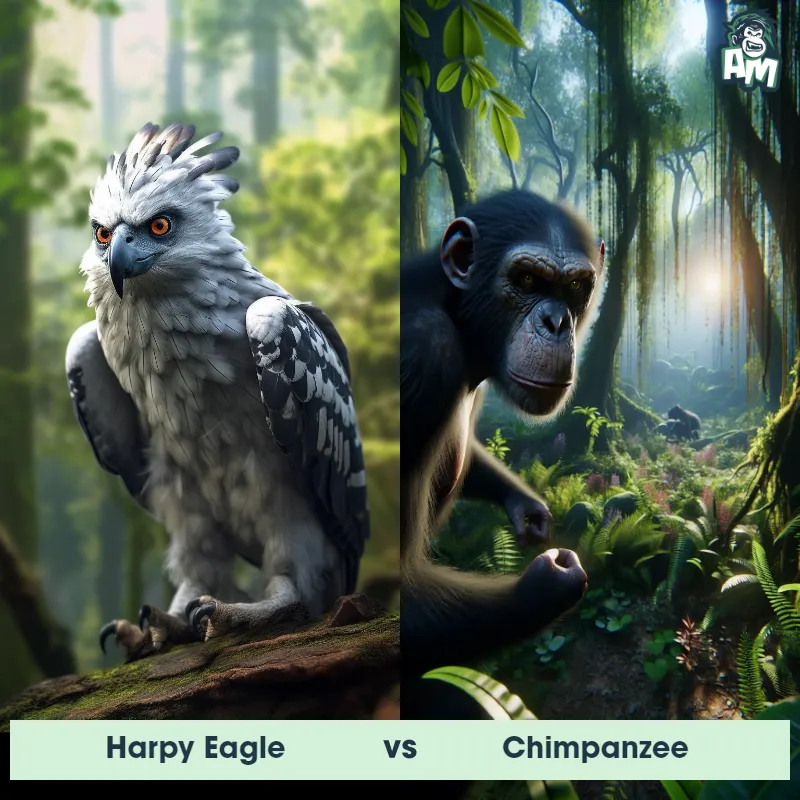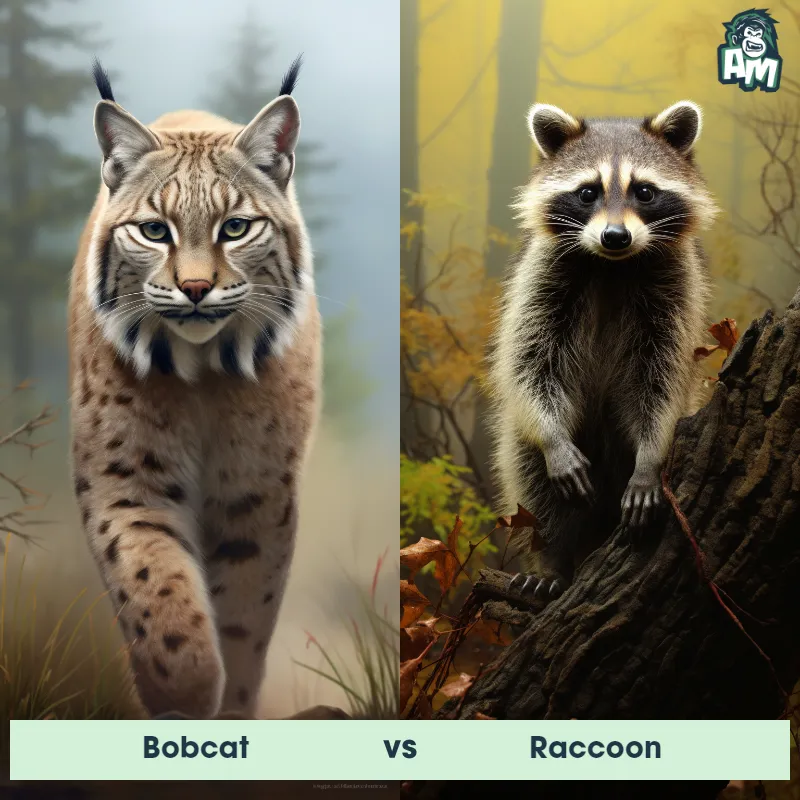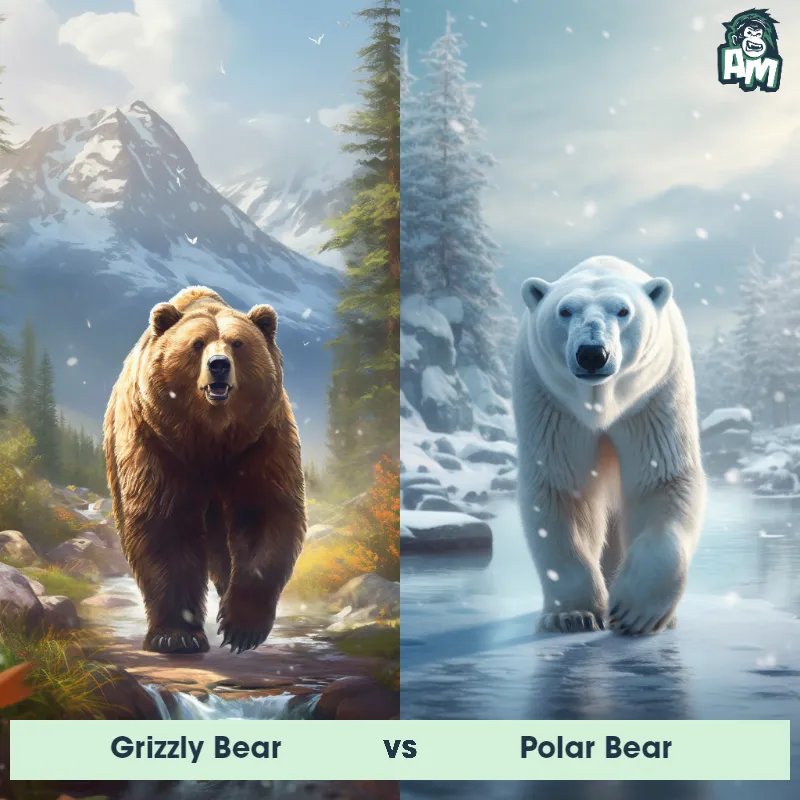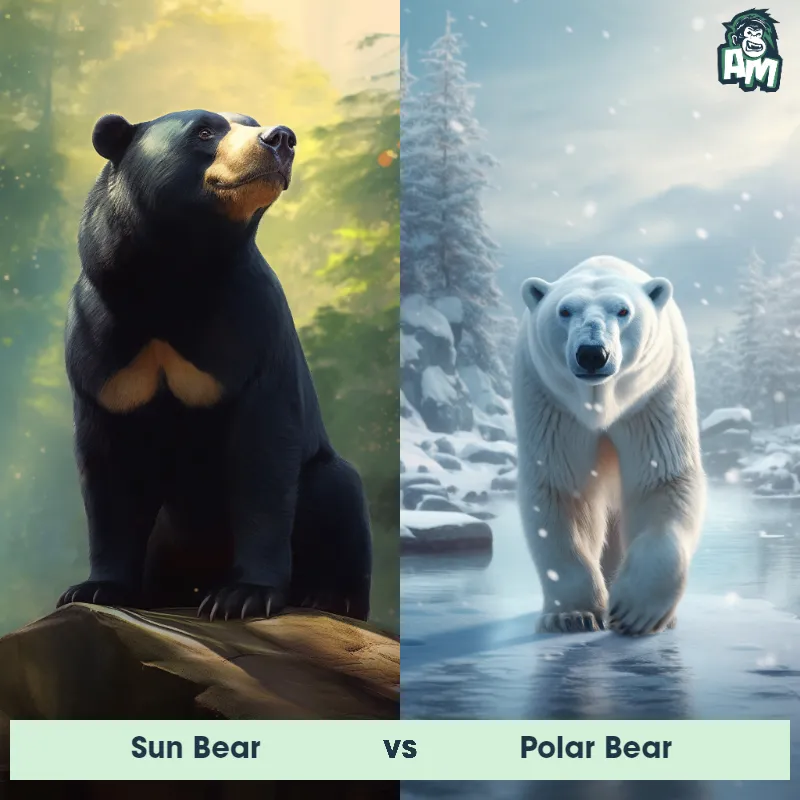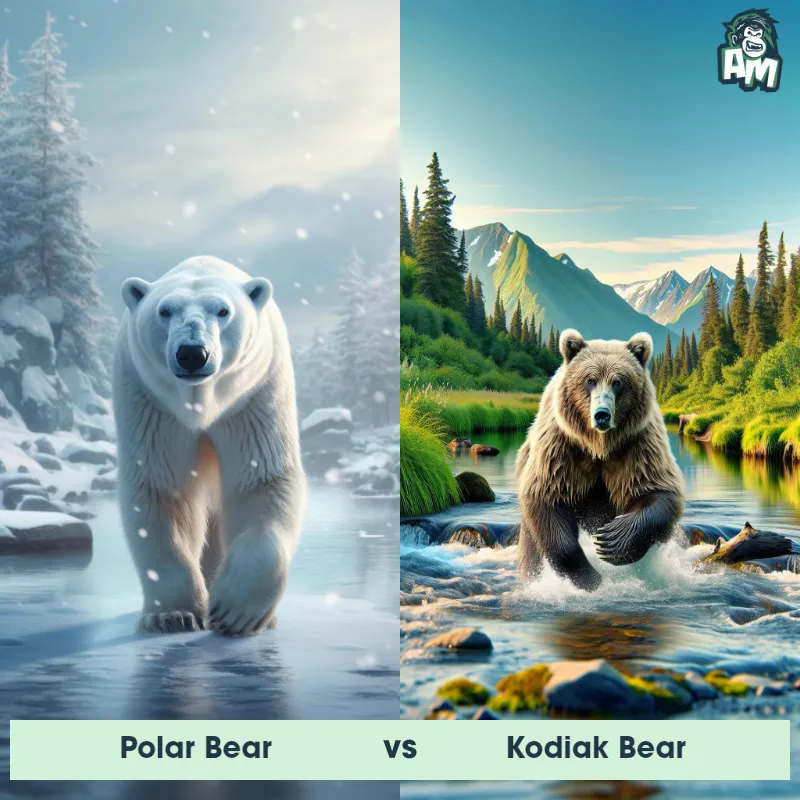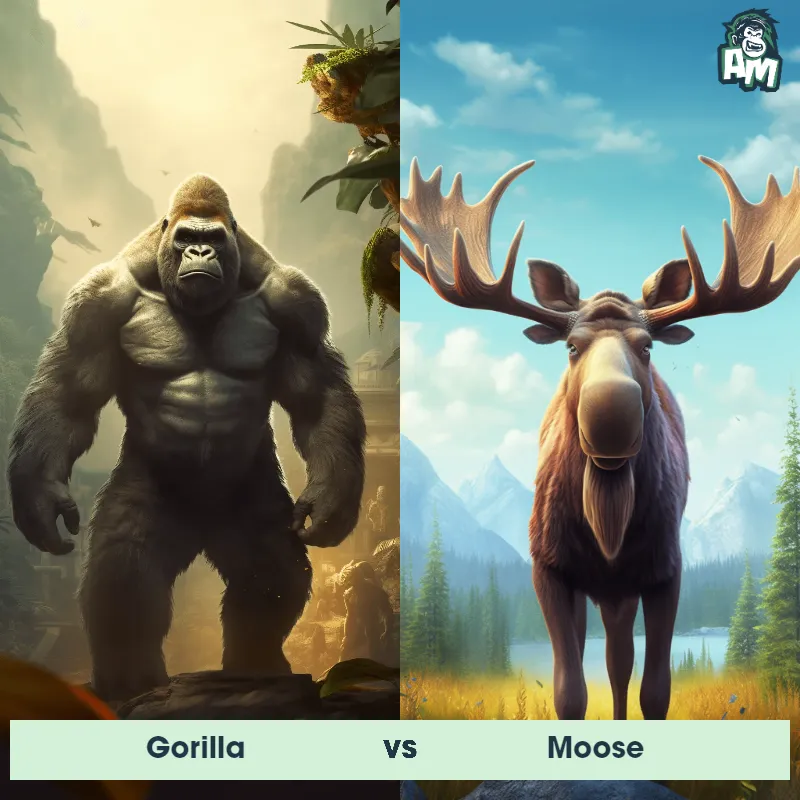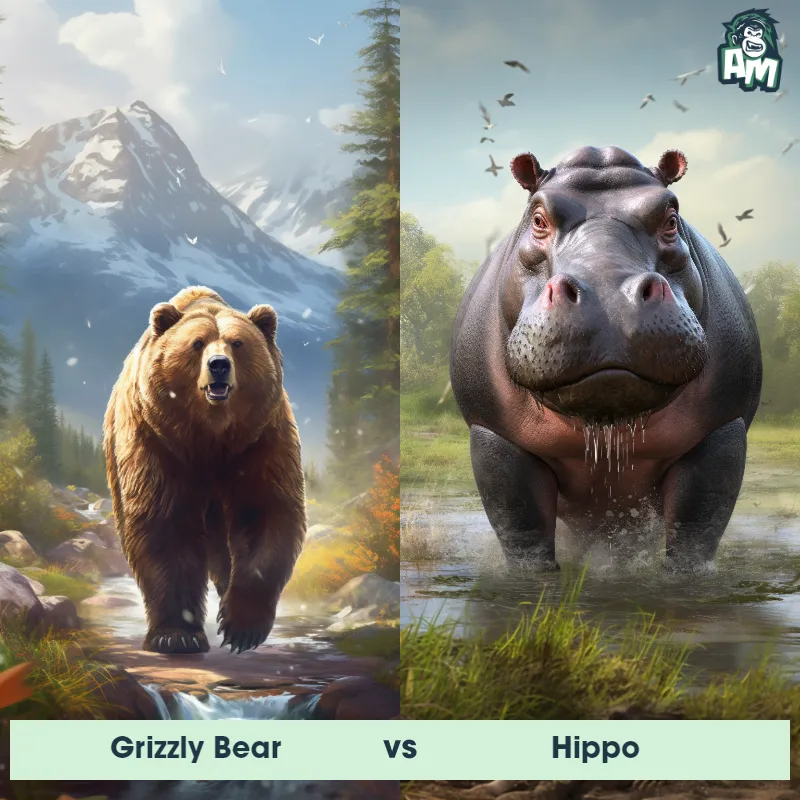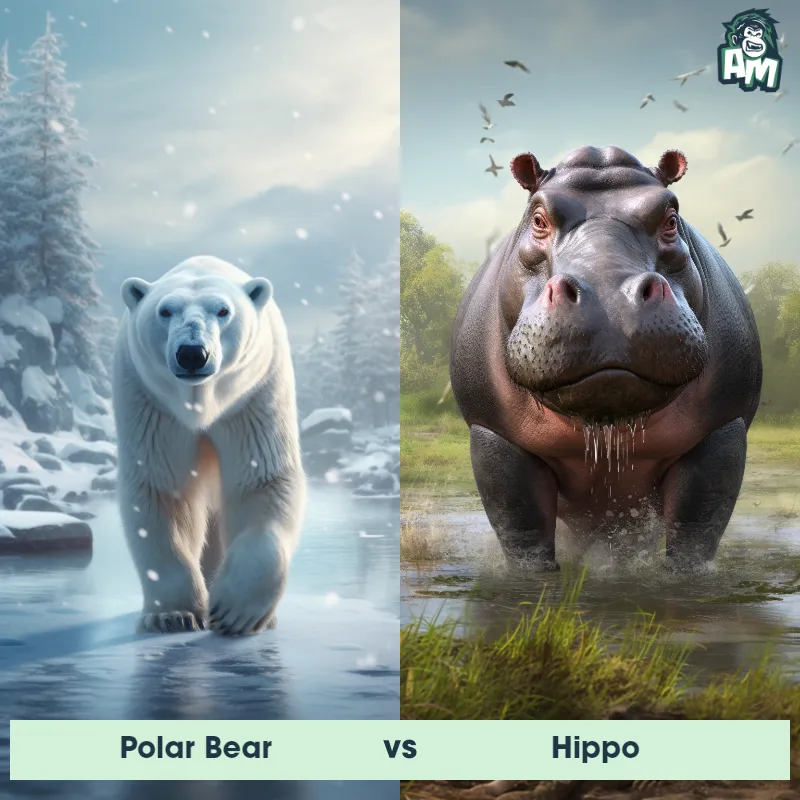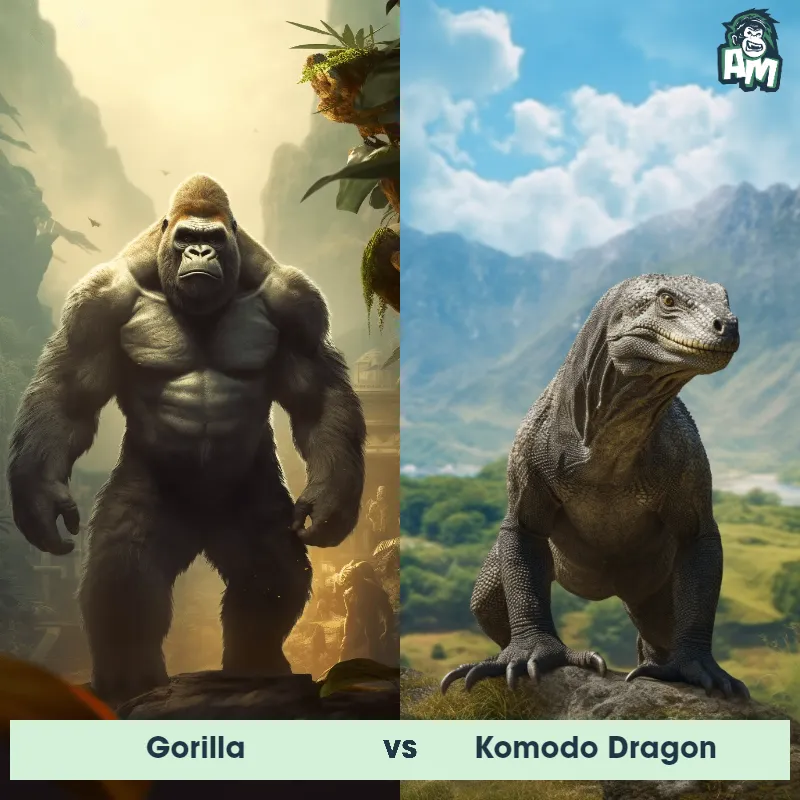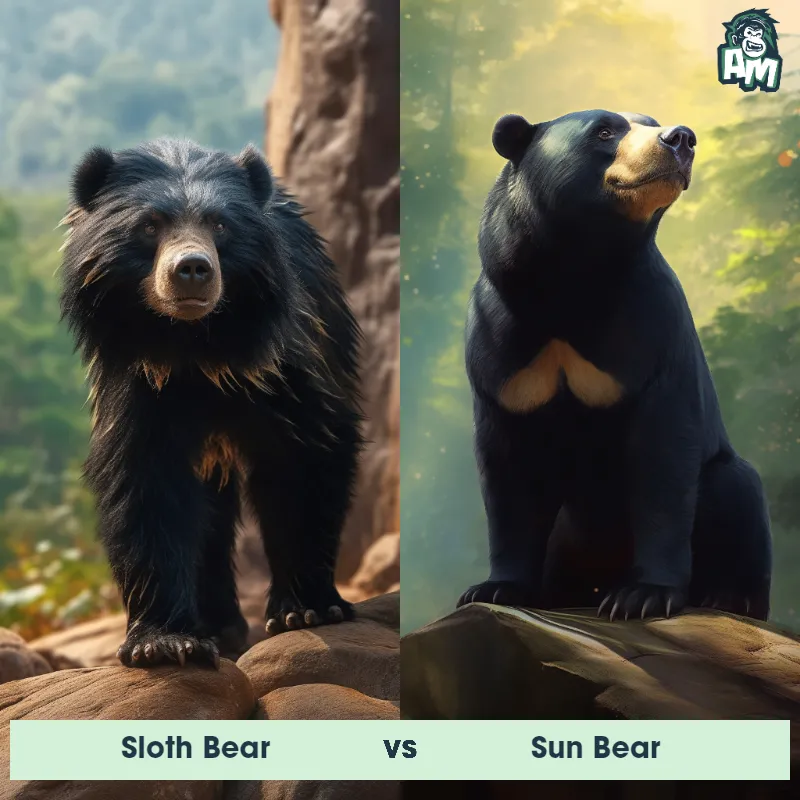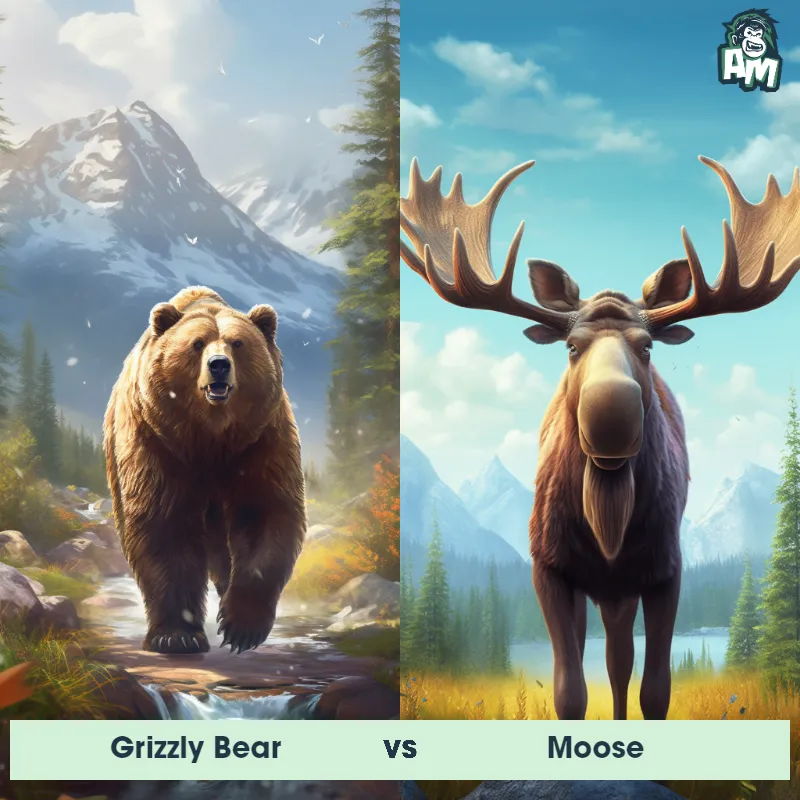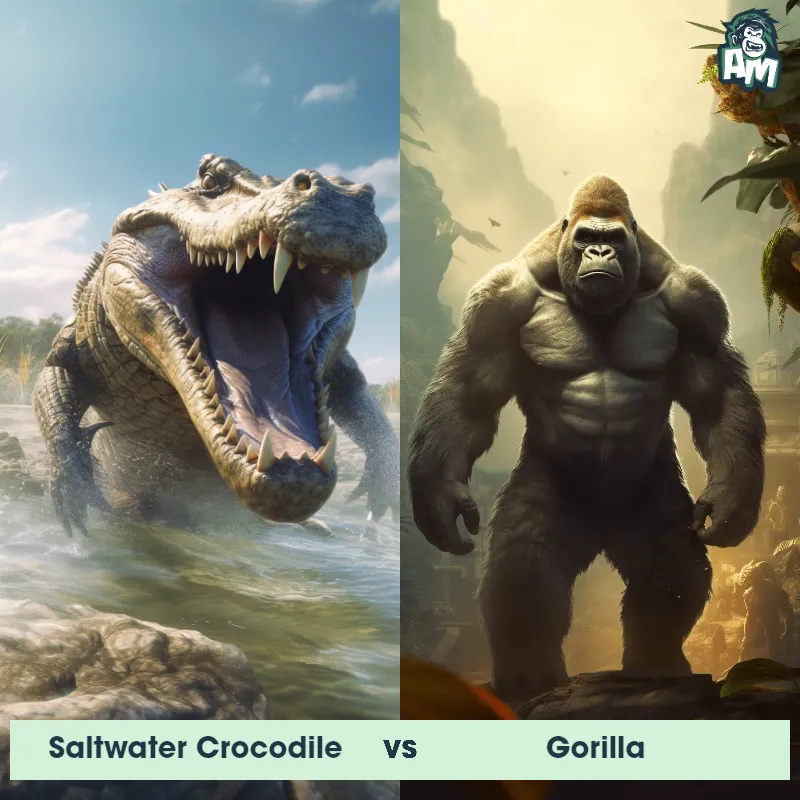Human vs Polar BearSee Who Wins

Welcome back, ladies and gentlemen! We have a thrilling matchup for you today between a Human and a Polar Bear. The stage is set for an intense battle of strength and wit. Let's see who will come out on top in this fight to the finish.
Contender 1: Human
The human, Homo sapiens, is a highly intelligent and social primate species. They are characterized by their upright posture, opposable thumbs, and relatively hairless bodies compared to other mammals. Humans have complex brains that enable them to think, reason, and communicate through language. They possess a wide range of physical variations in height, weight, and skin color due to genetic diversity. Humans are known for their adaptability and capacity to use tools, which has allowed them to thrive in a variety of environments across the globe.
![[object Object] Gif](https://tenor.com/view/hungry-caveman-muppetwiki-muppet-wiki-jim-henson-gif-11005515308056547982.gif)
Fun Fact: Humans are the only known species capable of abstract thinking, allowing them to conceptualize ideas and think in terms of concepts that do not have a physical presence.
Contender 2: Polar Bear
The Polar Bear, also known as the Ursus maritimus, is a large carnivorous mammal that inhabits the Arctic region. They have a thick white fur coat that helps them blend in with their snowy surroundings, and their large paws are equipped with sharp claws that allow them to grip onto ice and catch prey. Polar Bears are excellent swimmers and can swim for long distances in search of food. They are also known for their incredible sense of smell, which they use to detect prey from miles away.
![[object Object] Gif](https://tenor.com/view/fight-mission-critical-nat-geo-wild-scuffle-brawl-gif-20524033.gif)
Fun Fact: Polar Bears have a layer of fat that can be up to 4.5 inches thick, which helps them stay warm in the frigid Arctic temperatures.
Matchup Stats
| Human | Polar Bear | |
|---|---|---|
| Size | Average height of 5 feet 7 inches (170 cm) | 8-10 feet (2.4-3 meters) |
| Weight | Average weight of 154 pounds (70 kg) | 900-1,600 pounds (408-725 kilograms) |
| Speed | 27.8 mph (44.7 km/h) | Speed: 25 mph (40 km/hr) |
| Key Strength | Intelligence and ability to strategize | Powerful jaws and sharp claws |
| Biggest Weakness | Lack of physical strength compared to some animals | Slow movement on land |
Current Votes
Human vs Polar Bear
See Who Wins
View More Matches
Looking For More?
Similar Matches
Scientific Stats
| Human | Polar Bear | |
|---|---|---|
| Scientific Name | Homo sapiens | Ursus maritimus |
| Family | Hominidae | Ursidae |
| Habitat | Diverse habitats, including forests, grasslands, deserts, and urban areas | Arctic region |
| Geography | Found on all continents | Arctic Circle |
| Diet | Omnivorous, with a preference for cooked food | Carnivorous, primarily seals |
| Lifespan | 70 years - 90 years | 20 years - 30 years |
Key Differences between Human and Polar Bear
- Paw Size: Polar Bears have large, powerful paws with sharp claws for catching seals on ice, whereas Humans have smaller, less specialized hands for a variety of tasks.
- Facial Features: Polar Bears have a pointed snout with a black nose and small, dark eyes for hunting, while Humans have a flatter face with a larger nose and forward-facing eyes for depth perception.
- Fur Color: Polar Bears have a distinctive white fur coat that helps them blend in with their icy Arctic habitat, while Humans have a variety of skin tones ranging from light to dark.
- Size: Polar Bears are much larger than Humans, with males weighing between 900-1,600 pounds and standing up to 10 feet tall, whereas humans typically weigh between 125-250 pounds and stand between 5-6 feet tall.
- Body Shape: Polar Bears have a thick layer of blubber and a streamlined body shape for swimming long distances, while Humans have a more upright body posture with less insulation.
- Diet: Polar Bears are carnivorous apex predators that primarily feed on seals, fish, and other marine mammals, while Humans are omnivores with a diverse diet that includes fruits, vegetables, grains, and animal protein.




